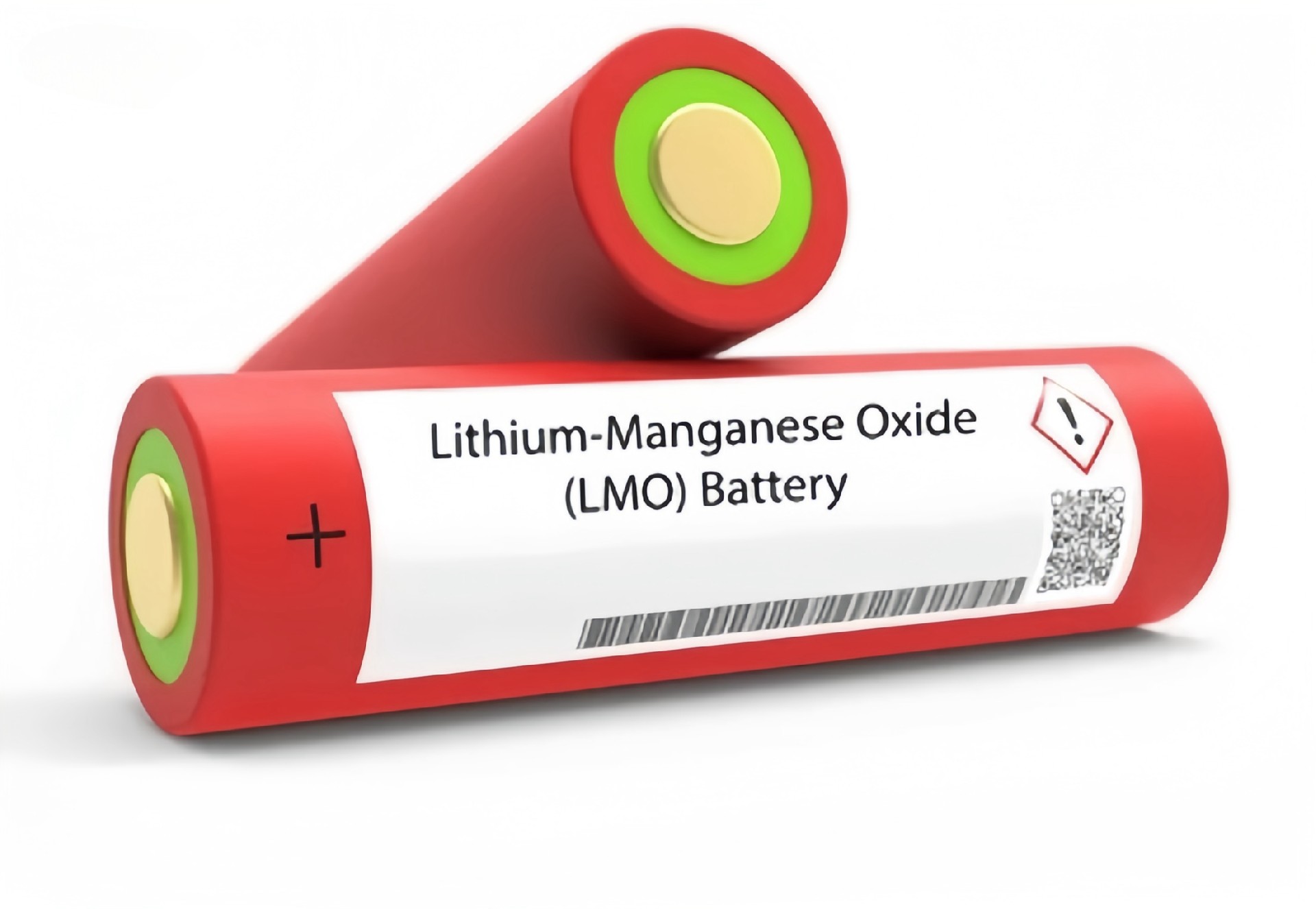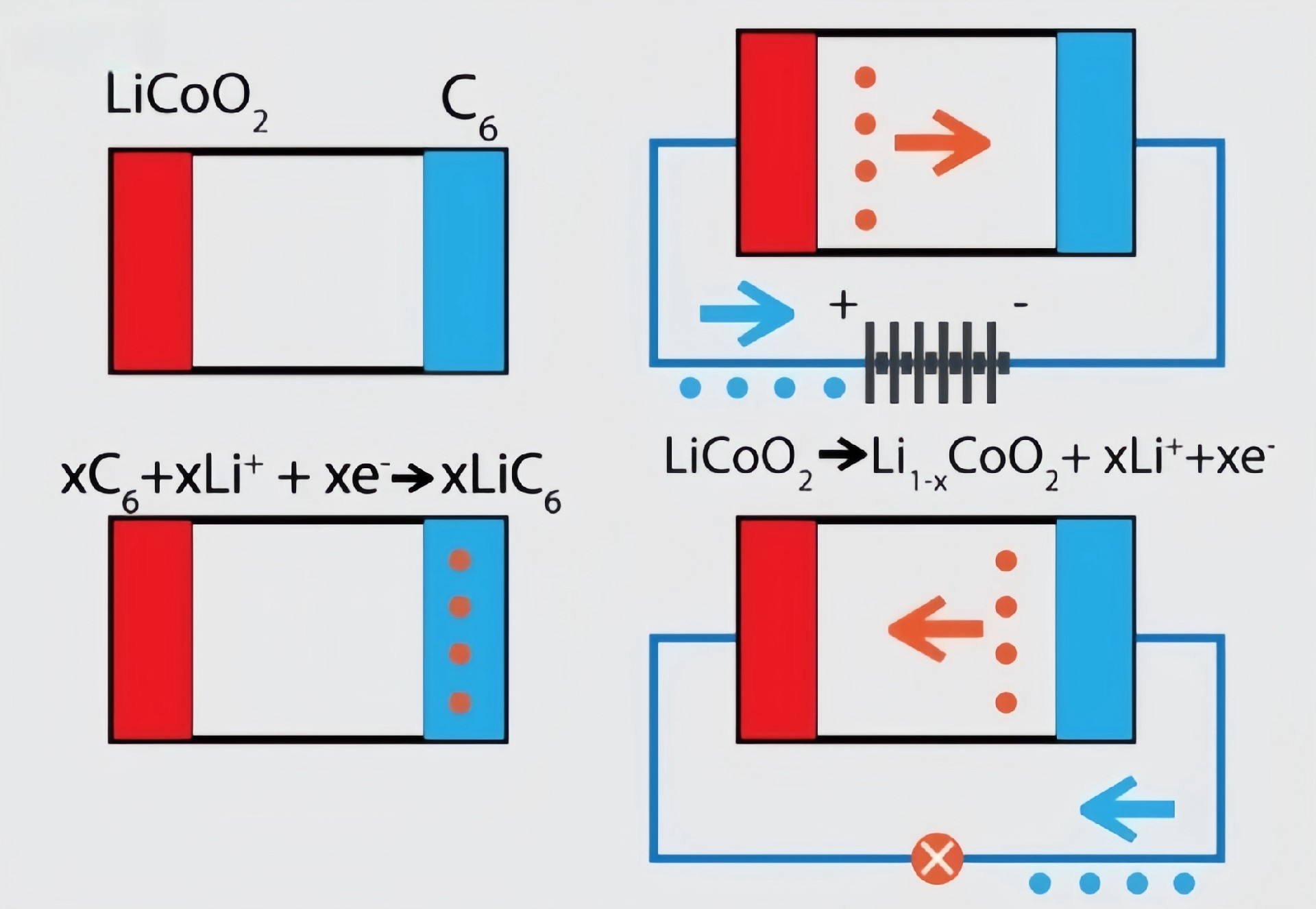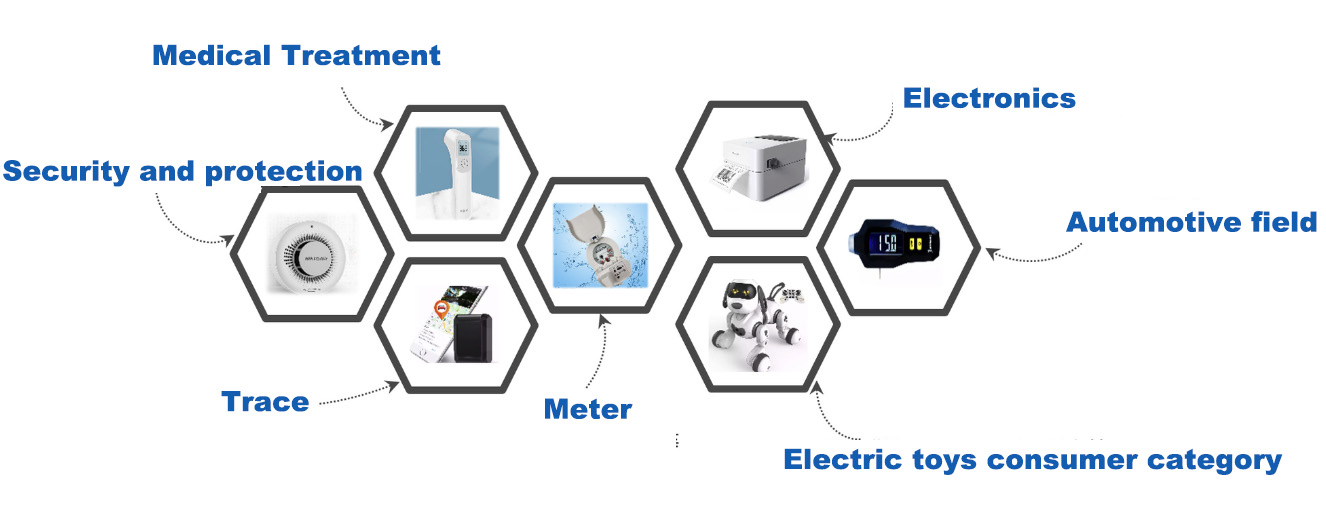More Stable! More Safe! A Comprehensive Understanding of Lithium Manganese(LiMnO2) Batteries
Due to their unique chemistry and excellent performance, lithium manganese (Li-MnO2) batteries are transforming energy storage across industries. As the demand for efficient, safe, and lightweight batteries rises, understanding Li-MnO2 technology is increasingly important. This guide will cover key aspects of Li-MnO2 batteries, including their mechanisms, benefits, applications, and limitations, offering valuable insights for both consumers and professionals.

Part 1. What are lithium manganese(Li-MnO2) batteries?
Lithium manganese (Li-MnO2) batteries, often referred to as LMO (Lithium Manganese Oxide), use manganese oxide as the cathode material. As a member of the lithium-ion family, these batteries are known for their high thermal stability and enhanced safety features.
Key Characteristics:
1. Composition: The primary components include lithium, manganese oxide, and an electrolyte.
2. Voltage Range: Typically operates at a nominal voltage of around 3.7 volts.
3. Cycle Life: Known for a longer cycle life than other lithium-ion batteries.
Part 2. How do lithium manganese(Li-MnO2) batteries work?

The operation of lithium manganese (Li-MnO2) batteries relies on the movement of lithium ions between the anode and cathode during charging and discharging cycles.
Charging Process:
1. Lithium ions migrate from the cathode (manganese oxide) to the anode (typically graphite).
2. Electrons flow through an external circuit, generating an electric current.
Discharging Process:
1. Lithium ions return from the anode to the cathode.
2. The stored energy is converted into electrical energy.
3. An electrolyte enables the movement of ions, ensuring ionic conductivity while preventing electronic conduction.
Part 3. Advantages of lithium manganese(Li-MnO2) batteries
Lithium manganese (Li-MnO2) batteries offer several benefits that make them appealing for various applications. They have a lower risk of thermal runaway compared to other lithium-ion chemistries, enhancing their safety. Additionally, they can deliver high current outputs, making them suitable for power-intensive applications. These batteries also exhibit consistent performance across a wide temperature range, ensuring stable operation. Moreover, manganese is more abundant and less toxic than cobalt, making Li-MnO2 batteries a more environmentally friendly option.
Part 4. Applications of lithium manganese(Li-MnO2) batteries

Due to their unique properties, lithium manganese (Li-MnO2) batteries are used in various fields. In electric vehicles (EVs), their high discharge rates and safety features make them well-suited for electric cars. They are also commonly found in consumer electronics like laptops, smartphones, and tablets, thanks to their lightweight nature. In medical devices, Li-MnO2 batteries are used in portable equipment where reliability is crucial. Additionally, they are ideal for energy storage systems, particularly in renewable energy applications like solar power storage.
Part 5. Limitations of lithium manganese batteries
Despite their many advantages, lithium manganese batteries do have some limitations: Lower Energy Density、Cost、Temperature Sensitivity
Part 6. How to Choose the Right Lithium Manganese Battery
Selecting the right lithium manganese (Li-MnO2) battery requires careful consideration of several factors that match your specific needs:
Application Requirements: Identify the intended use of the battery—whether for electric vehicles, consumer electronics, or renewable energy storage. Consider the power needs of your application; for instance, electric vehicles or power tools may require batteries with higher discharge rates.
Capacity and Energy Density: Ensure the battery has enough capacity (measured in ampere-hours, Ah) to meet your usage demands. If space is limited, energy density becomes important, though note that Li-MnO2 batteries tend to have lower energy density than lithium cobalt oxide (LCO) alternatives.
Cycle Life: Consider how frequently you will charge and discharge the battery. Longer cycle life can provide better long-term value, and Li-MnO2 batteries typically offer a longer cycle life than some other chemistries.
Safety Features: Prioritize batteries with enhanced safety features, particularly for high-temperature environments or applications where overheating could be a concern.
Cost Considerations: Compare prices across different brands and models. While Li-MnO2 batteries are generally more affordable than LCO options, the cost can vary depending on factors like capacity and manufacturer reputation.
Manufacturer Reputation: Research manufacturers with a proven track record for quality and reliability. Consider warranties or guarantees that suggest confidence in the product’s durability and performance.
By evaluating these factors, you can choose a li mno2 battery that best meets your needs while ensuring optimal performance and safety.
Part 9. FAQs Of Lithium Manganese(LiMnO2) Batteries
1. What is the lifespan of lithium manganese batteries?
Lithium manganese batteries typically range from 2 to 10 years, depending on usage and environmental conditions.
2. Are lithium manganese batteries safe?
Yes, they are considered safe due to their thermal stability and lower risk of overheating compared to other lithium-ion chemistries.
3. Can lithium manganese batteries be recycled?
Yes, they can be recycled; however, proper recycling facilities must handle them to recover valuable materials safely
4. How do l maintain my lithium manganese battery?
Store your battery's health in a relaxed environment, avoid deep discharges, and follow manufacturer guidelines for charging cycles.

